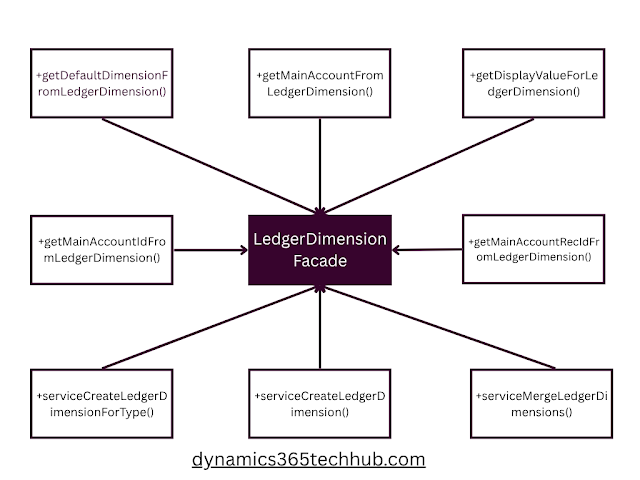Microservices in Dynamics 365 F&O
Microservices in Dynamics 365 F&O
As organizations continue their digital transformation journeys, the need for scalable, modular, and resilient architectures has never been greater. One architectural pattern gaining significant traction is microservices—and for users of Dynamics 365 Finance & Operations (F&O), it opens a world of possibilities.
In this post, we’ll explore how microservices complement D365 F&O, practical use cases, and how to get started.
What Are Microservices?
Microservices are a software architectural style where complex applications are composed of small, independent services. Each service handles a specific business capability and communicates with others through well-defined APIs—usually over HTTP, REST, or messaging systems.
This contrasts with monolithic architectures where all functionality is tightly coupled, making updates and scalability more challenging.
Why Microservices with D365 F&O?
Dynamics 365 F&O is a powerful ERP system, but it's still a large, monolithic application. While extensibility options like X++ development and Data Entities exist, they may not always be ideal for:
-
High-frequency workloads
-
Integrations with non-Microsoft systems
-
Real-time data processing
-
Scalable business logic outside the ERP core
That’s where microservices come in. They allow you to offload complex or custom processes from F&O while keeping your ERP system clean, efficient, and focused on core financial and operational processes.
Benefits of Using Microservices with D365 F&O
-
Scalability
Services can be scaled independently based on demand—ideal for compute-heavy or data-intensive processes. -
Faster Development Cycles
Teams can build, deploy, and iterate services independently without affecting the main ERP system. -
Technology Flexibility
Developers aren’t locked into X++—you can use .NET, Python, Node.js, or any language suited to the task. -
Resilience & Fault Isolation
Failures in one service won’t bring down the entire system. You can design for graceful degradation. -
Improved Integrations
Microservices can act as middleware or orchestration layers between D365 F&O and other systems like CRM, eCommerce platforms, or third-party APIs.
Common Use Cases
Here are some real-world scenarios where microservices enhance Dynamics 365 F&O:
-
Real-time tax calculations using third-party services (e.g., Avalara)
-
AI/ML-based demand forecasting consuming sales and inventory data from F&O
-
Custom payment processing integrated with banking APIs
-
Inventory reservation logic across multiple warehouses and external systems
-
Document generation and workflow automation outside of F&O’s standard capabilities.
Master planning requiring external data sources for demand forecasting and supply.
Period close involving external accounting systems.
Final Thoughts
Microservices aren’t a silver bullet—but when thoughtfully applied, they can significantly extend the power and flexibility of Dynamics 365 F&O. Whether you’re integrating with modern applications, offloading heavy workloads, or aiming for a more modular enterprise architecture, microservices can be a strategic enabler for your ERP ecosystem.
Have you implemented microservices alongside Dynamics 365 F&O? What challenges did you face, and what tools did you find helpful? Drop a comment or share your story.

.png)
.png)

Comments
Post a Comment